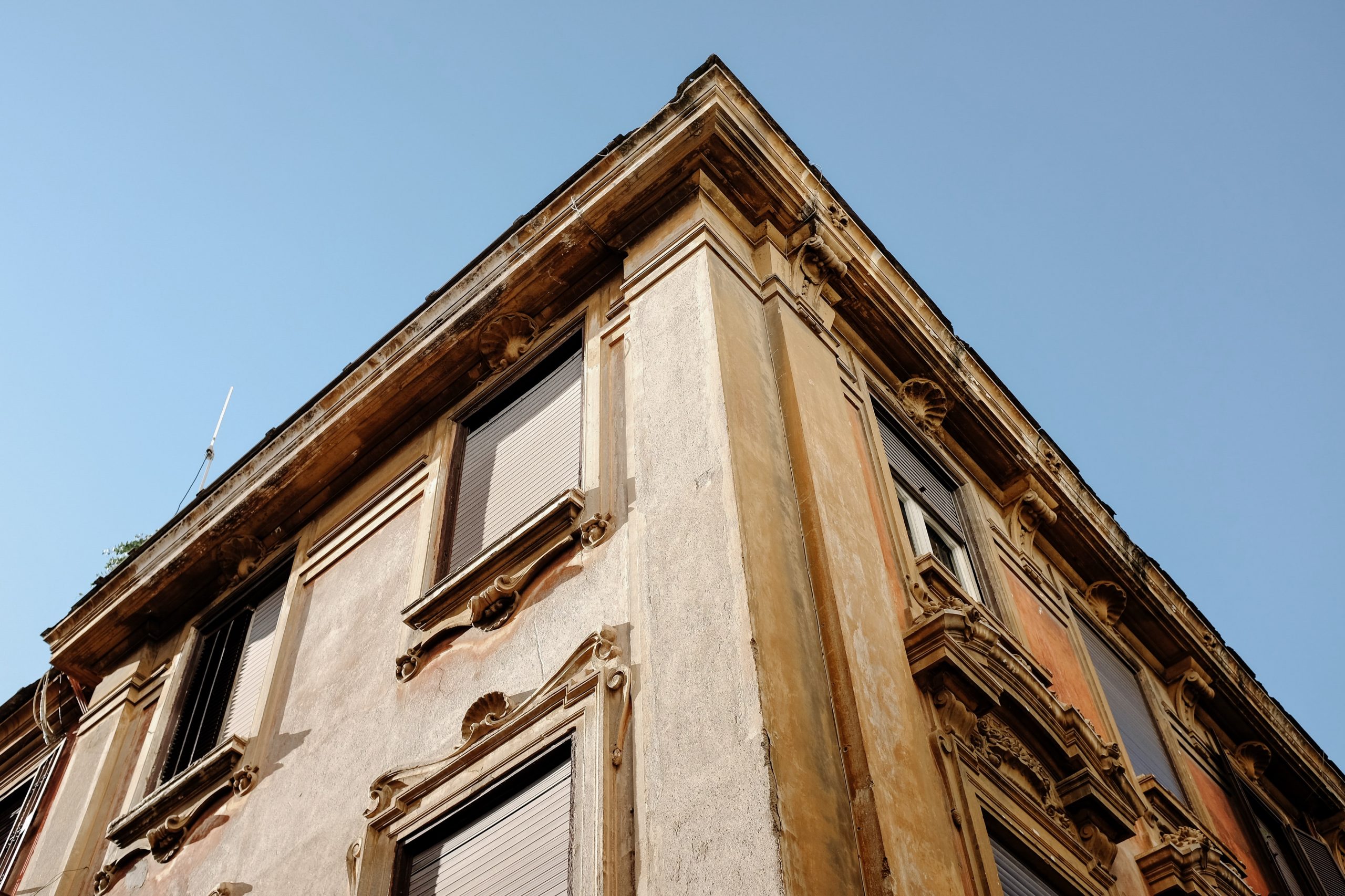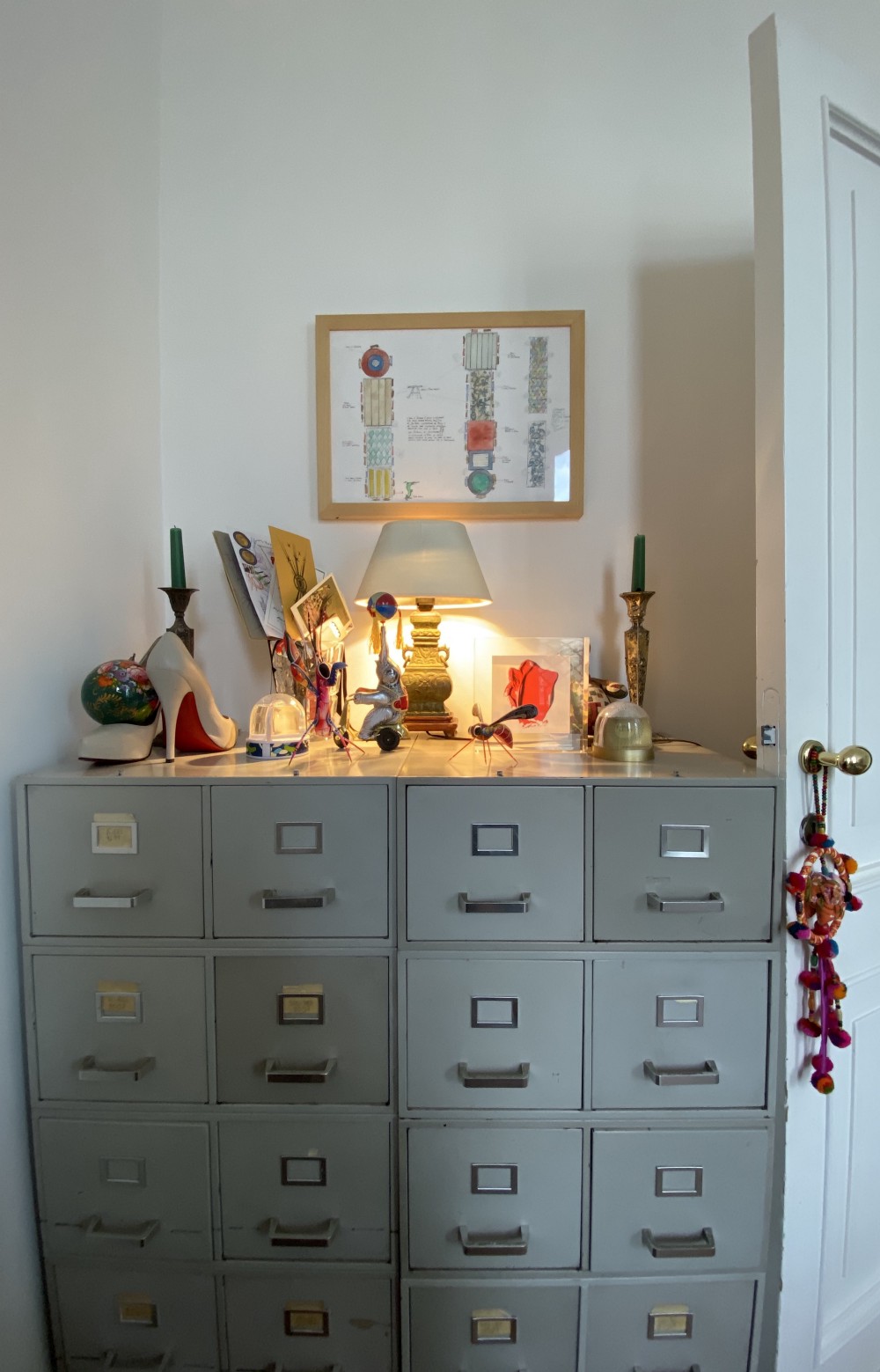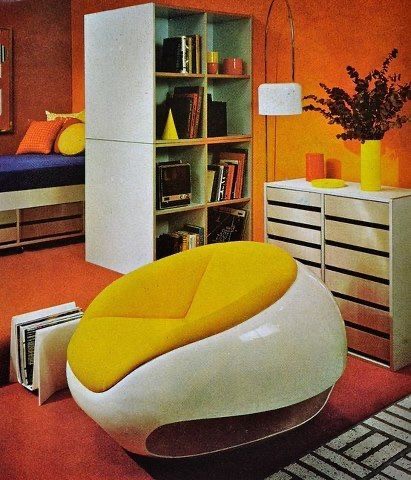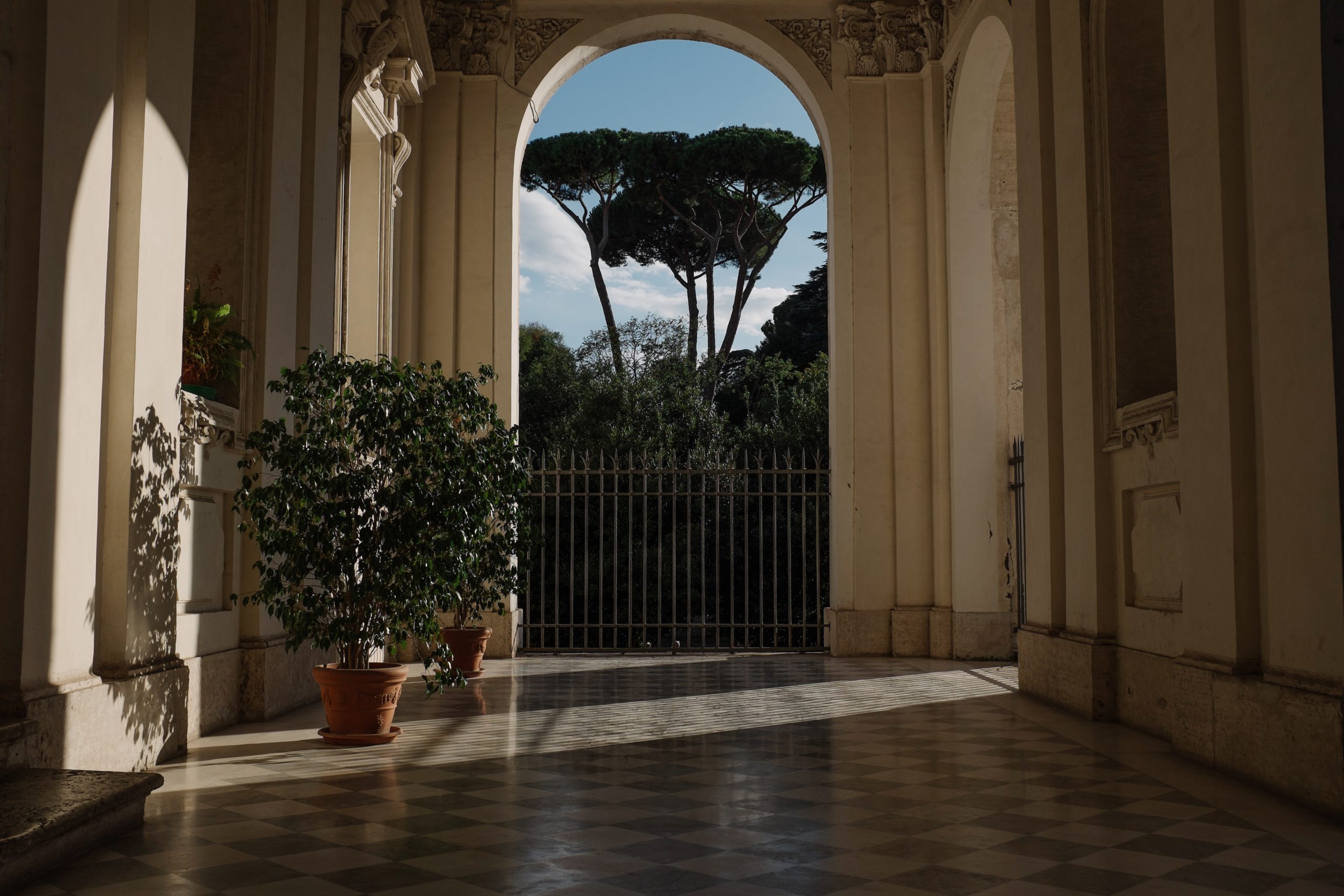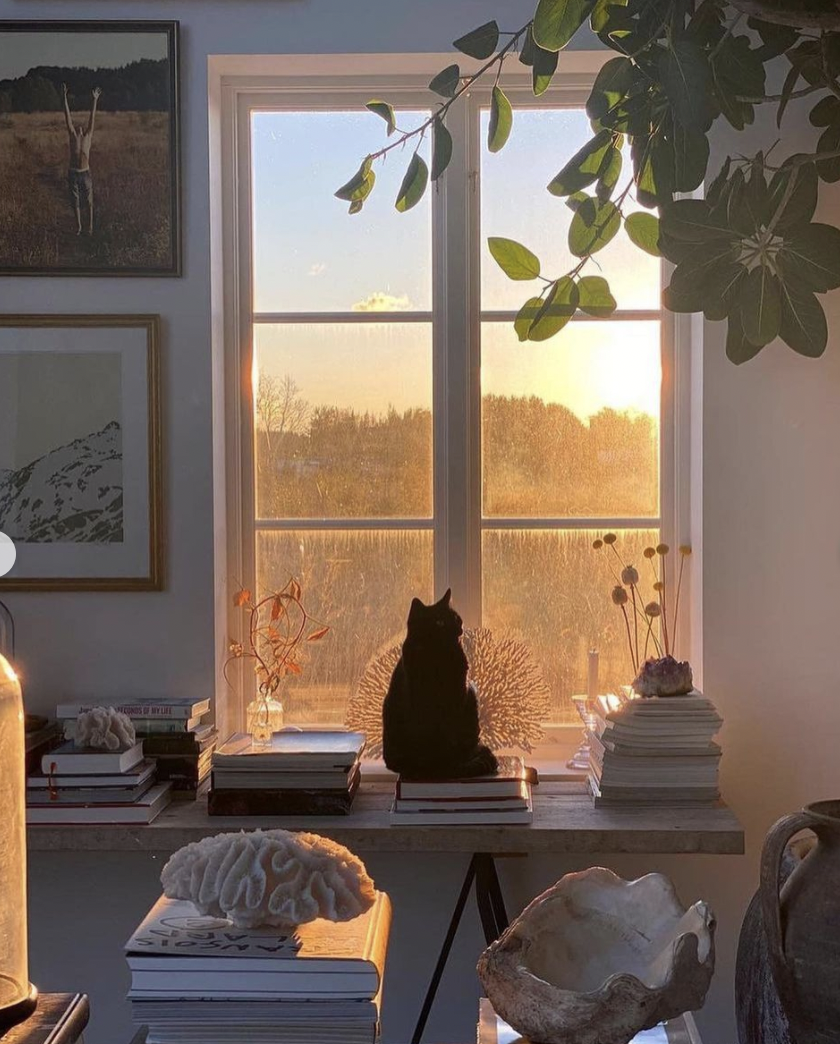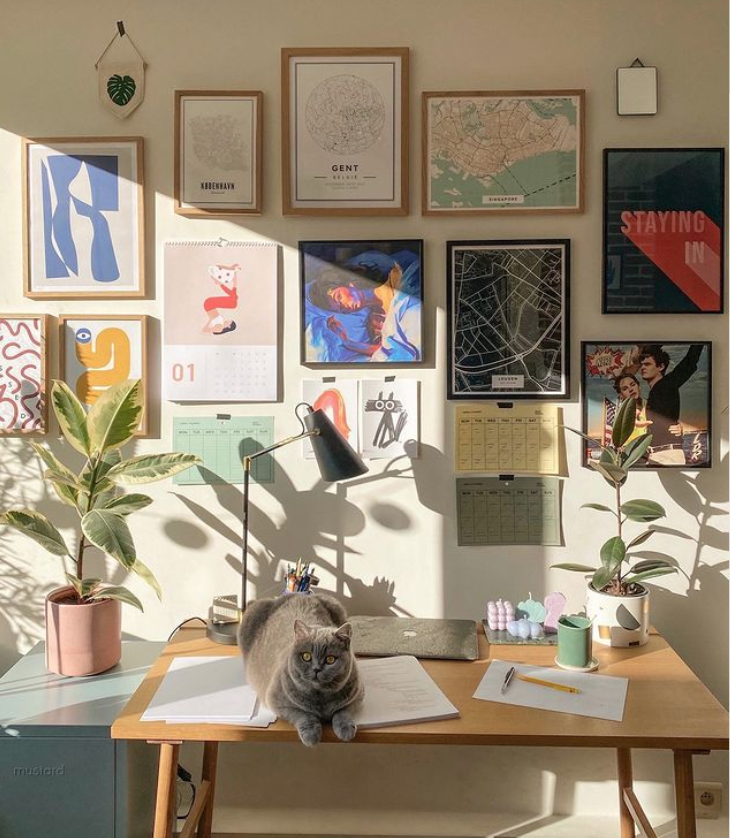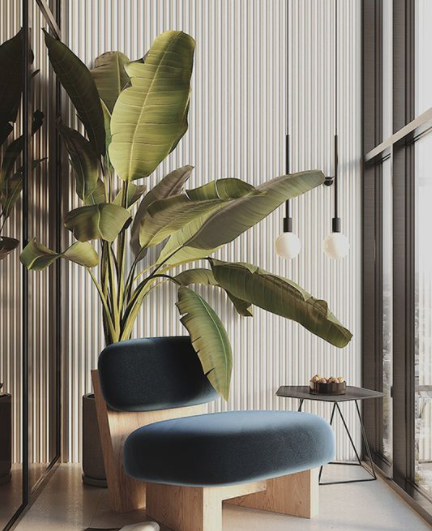“A modern astronomical view says that everything in the universe is moving uniformly away from everything else in all directions into space so that there is no center point in the cosmos at all. We live with no fixed reference point. From one perspective, this understanding produces the desolate feeling that there is no home. But from another perspective, this realization shows us directly that every point is home. We are free; we do not need to fix on a single center for refuge, for safety. This is love, this is happiness, where our refuge is unbounded, and we are always at home. As the Buddha said: “They abide in peace who do not abide anywhere.” Sharon Salzberg, LovingKindness
As it happens, I have moved a fair amount in my life. I am currently nestled into the roof of a palazzo in Rome, between the Trevi Fountain and Piazza Venezia. Arriving at my door will take you a good five minutes from the front gate, whether or not you use the antique yet thankfully functioning elevator, a blessing in the heat of the summer.
This past August, I was lucky to have a few friends fly into the Italian capital for holidays or long weekends, including Charlie, himself visiting from London. We made plans for him to come over for an “aperitivo” at my place and then to go out for dinner with a local artist in a rustic-chic restaurant in the Centro Storico.
I welcomed Charlie with a spritz and proceeded to give him a little tour, starting with the view of St Peter’s dome from my balcony. As we walked around, he took substantially more time than previous visitors, asking about my furniture, going over every piece of art adorning my walls. He loved it so much, he basically wanted to move in! It was lovely to hear my friend marvelling at the choice of my home as well as how I had decorated it.
The thing is my normal state is unpacked. My normal state is cocooned.
Put me in an Airbnb studio anywhere, I will make it my own in a split second. Creating a feel-good space, making it mine, is one of my basic instincts and greater talents.
It started when I was a child when I began moving my bedroom furniture around, rearranging. My parents had remained unmoved when I cried that I was in need of a new colour scheme. I had inherited a navy blue fabric wallpaper as a backdrop, white plastered walls and a rather horrid burned orange carpet when of course, all I wanted was girlie shades of pink.
Since there was never anything new to add to the room, I did what I could with what I got, some basic IKEA desk and shelving, and pieces reclaimed from my mother’s bachelorette’s pad, like a white and orange space chair (replica below, thanks to Pinterest).
Moving this stuff around gave me a sense of freshness. Generally, I became frantic early in the evening, once or twice a year, needing to make the space feel new just when my parents were going to sleep. This went down really well, as you can imagine.
Creating a comfortable, harmonious environment stemmed at times from delightfully embracing procrastination (homework, other work, facing feelings, sounds familiar?). At other times, it was a compulsive need to nestle in safer, warmer surroundings. It most often involved cleaning and clearing. Dusty corners get exposed when furniture gets displaced, literally and figuratively. As I have written about in other stories, life at home wasn’t always fun and games, so I was lucky to have my own place of refuge.
My friend Anna recently shared with me that she, too, has experienced this compulsion to rearrange. She was proudly sending me pictures of her two-bed apartment in Berlin where having moved the sofa and stapled a very chic dark orange fabric over it, her living room was transformed, at a very low cost, into a new, bold yet minimalist haven. Her mother, also keen on the activity, apparently thinks it is a form of therapy.
I believe she might be onto something:
Last week, at a workshop with author and coach Michaela Boehm, I sat in a large circle of women, in a bright white studio, and we were all asked to leave our phones, purses, and everything else in the adjacent room, under a safe lock and key. This put me off a bit, because I had valuables in my bag, so I queried the reasons as we started the morning session. Michaela offered us a rather fascinating explanation for the request: apparently, there are neurological responses to our environment, like a cluttered space, which can make it harder for us to relax, as our brains have to work on suppressing the stimuli, the disturbance caused by our inharmonious surroundings.
Suddenly, my desire for aesthetic serenity in my physical space seemed very sensible.
In my twenties, I moved to London. At the time, with barely a penny to my name, my bedroom was furnished by a single mattress on the floor. So every time I went to visit my family, I tried to fly back bringing as much stuff from home as possible. I recall one night, stepping outside the Gloucester Road tube station and observing the long shadow in front of me on the pavement. Its shape reminded me of a mule’s, so laden I was by the stuff I was carrying on my back: duvet, lamps, cookware, rug, etc. All of it, of course, made a huge difference in my comfort levels, back in my tiny room.
A few years later, this time in a much larger apartment over the Kingsland Basin in East London, I stepped into rearranging mode and moved half the furniture down from the mezzanine to the living room. On my own. Me and my wooden rolling shelving unit looked dangerously close to getting stuck in the stairs like Ross and a sofa in that episode of Friends. I knew I was being an idiot, yet the impulse was too strong.
Nesting is, after all,some kind of survival instinct, is it not?
I made it downstairs unharmed, thankfully.
Sowhat makes a home? The stuff (and people) in it and the memories they leave behind.
Later on, I flew across the Atlantic and moved myself into the garden apartment of a beautiful brownstone, in Perry Street, NYC. Right around that time, my brothers and I had to move my dad into a home. Shortly after, my mother passed away.
Having to clear both their homes, as they had been divorced, was pretty hard. And I will always be thankful for my wonderful friend M who flew over to support me for 24h, despite a long stopover, and helped me empty my mother’s place.
Most of my favourite things in our family home had been either gifted to my dad, or carefully collected by him. He had lived and worked in Israel for many years in his youth, and also did six months stints in Congo and Austria. He also happened to be a pretty beloved doctor in our city. As a gynecologist-obstetrician for most of his 45 year career, my father delivered many babies (including my brother and I), across two or three generations in some families. So we were lucky that our home got enriched by the presents from many of his patients. My favourite, which I gave up to my younger brother, was a delicately bejewelled, carved wooden Buddha.
You might wonder how we decided who got what? Well, I created a powerpoint presentation… That way, it became easy to put names on things we wanted to keep or let go of. And then I handed the document to the removals company.
It is then that I learned that it takes guts to let things go but it equally does to keep things and make room for them in your life.
And I kept quite a lot. But only items that I found meaningful and beautiful, trying to ensure that I wasn’t grasping onto the past either. All these things followed me to New York, and then to Paris, as my work directed me there.
Today, my dining room is pretty much the same as the one I grew up with in my childhood home, though I just had the chairs reupholstered in bold linen fabric. My desktop is set on my mother’s petite vintage secretary, I listen to music with my father’s 1960’s hifi system and my winter coats hang in a rustic multicoloured wardrobe that greeted me every time I opened the door of my childhood home. The most random perhaps is my repurposing of my father’s filing cabinets, where he used to keep his patient’s records; I have filled them with gadgets, computer cables, medicine and thank you cards, and they are decorated with random memorabilia I collected during my time at Christian Louboutin.
So when I invite my friends to step into my space, it’s an opportunity for discovery beyond what I normally show to the world. More facets of the prism that is me. These things have plenty of stories to tell.
For me, it only made sense to hold on to these pieces I loved as long as I didn’t leave them locked up in a storage unit.
My belief is that objects we love need to be used, so I also wear my best clothes and wear my favorite jewellery as often as I can, not leaving it to a grand occasion some day down the line.
As a mindfulness and meditation student, I keep hearing that happiness is in the present moment. So I embrace the now.
The good news is that if I had to leave it all behind or if things were lost in some disaster, I’d still be fine and would get on with life. After all, my first bedroom in London was essentially a converted broom closet and I had a grand time when I was there.
Given my story, you might be surprised to hear that I don’t place too high a value on these belongings. Mine was a loving choice: in keeping these mementos with me, something of my previous lives remains with me, visible reminders of where I come from. This melting pot makes for a comforting cocoon, for one like me, an enthusiastic introvert who needs to find respite from the world, recharge before I go out again. All these form a shell, one I metaphorically (or not) carry on my back and can then retreat into. And at some cost, wherever I go next I will take it all with me.
Which, incidentally, might be sooner than I wished. I recently found out that my Roman maisonette is being sold with its neighbouring apartment, and I might have to uproot myself and my cocoon once again. I am not sure where I will settle my heart, but the six-month countdown has started ticking.
Walking around my place, I was reflecting on how special it felt. Not just because of where it is or what fills it, or the fact that it feels lived in. By the time my friend Charlie had seen my bedroom he said: “It feels like a forever home.” Of course it does.
The secret is that I could do it anywhere. Every point can be home. Wherever I lay my heart is my home.
This article was originally published on Medium.com


